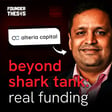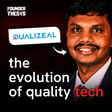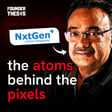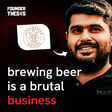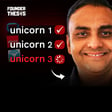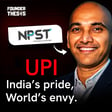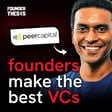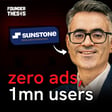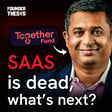
The ’Seoul’ful lending app for Bharat | Charlie Lee @ BalanceHero
Balance Hero is one of India’s largest lending apps for the underbanked. They are among the top market leaders in the small ticket loan providers.
And the most amazing thing about Balance Hero is that the founder (Charlie Lee) is a Korean who came to India to sell VAS services to telecom companies, and never left.
If you want to hear about the evolution of tech businesses and how to adapt to changing external circumstances, then this episode with @Charlie Lee of @BalanceHero is a must-listen.
Get notified about the latest releases and bonus content by subscribing to our newsletter at www.founderthesis.com
Read more about Balance Hero
Meet the entrepreneur from Gangnam whose True Balance …
Balance Hero banks on India's 1.3B with fintech
Balancehero India appoints ex-Hero FinCorp exec Jayesh Jain as Group CFO











